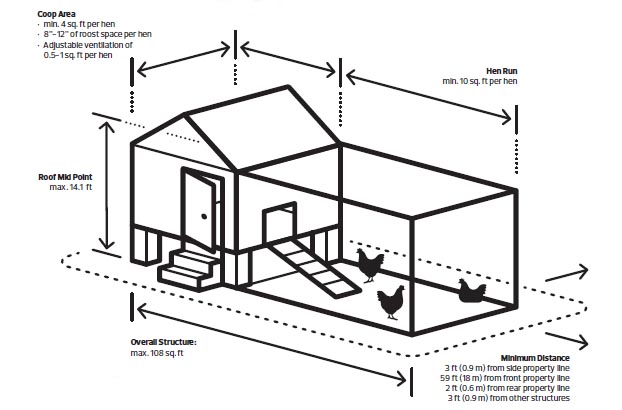Why Keep Chickens? Top Reasons to Keep Chickens and Chicken Myths Busted
Source: River City Chickens Collective
Raising Chickens in Alberta: a Guide for Small Flock Owners
Source: Poultry Research Centre and Government of Alberta, 2015
How to Prevent and Detect Disease in Backyard Flocks and Pet Birds
Source: Canadian Food Inspection Agency
Protecting Your Flock from Avian Influenza
Source: Alberta Agriculture, 2015


